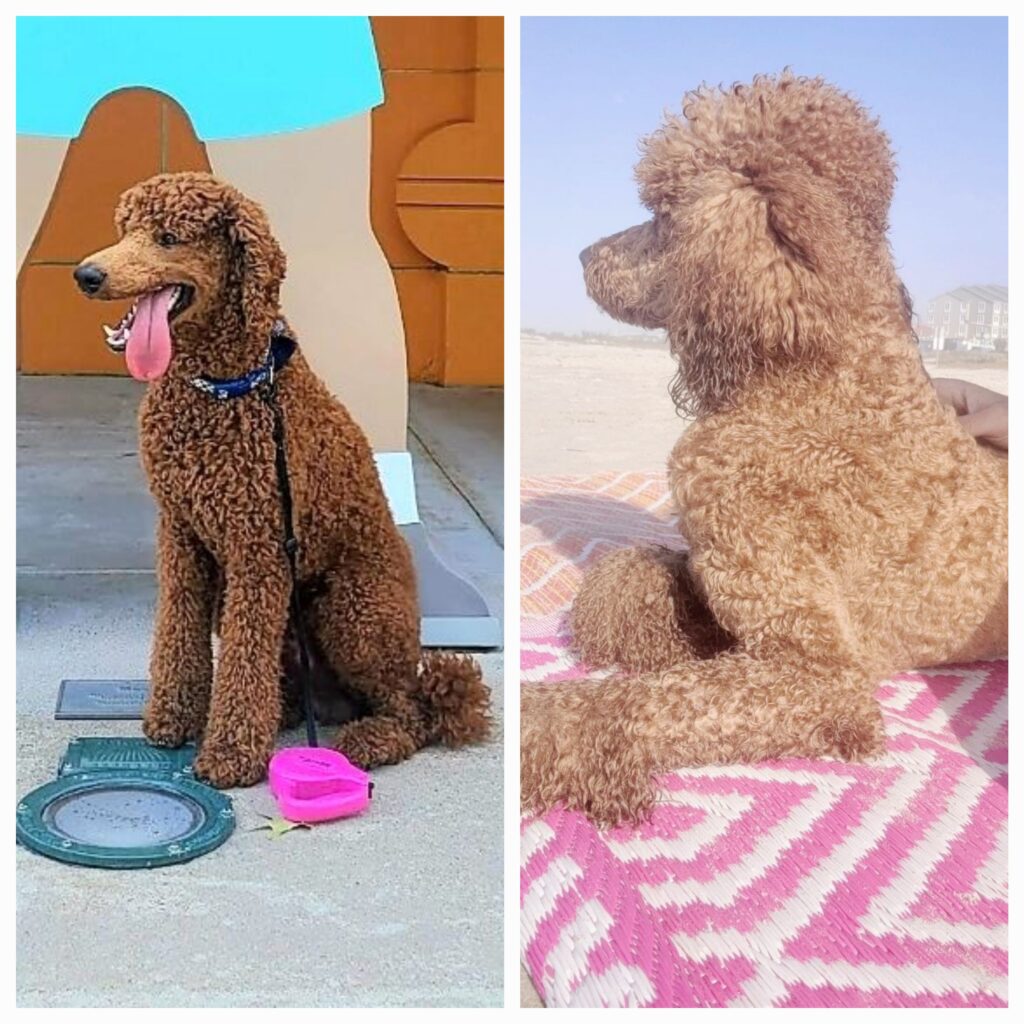
The internet is awash with images of adorable, fluffy pink poodles, capturing hearts and sparking curiosity. These vibrant canines seem to embody a playful, trendy aesthetic that has taken the world by storm. However, the question remains: are pink poodles real? Are these charming creatures naturally born in shades of pink, or is there more to their story? This article delves into the fascinating world of pink poodles, exploring the difference between dyeing trends and genetic reality.
This exploration will examine the techniques used to achieve the coveted pink hue, analyze the scientific basis behind poodle coat colors, and investigate the cultural factors driving the popularity of these unique-looking dogs. By separating fact from fiction, we aim to provide a comprehensive understanding of are pink poodles real and the phenomenon surrounding them.
Pink Poodles: Dyeing Trends
The vibrant pink hue often associated with poodles is primarily achieved through temporary hair dye specifically formulated for animals. These dyes are typically non-toxic and designed to wash out gradually over time, ensuring the safety and well-being of the poodle.
Various shades of pink are available, allowing owners to customize their poodle’s look according to personal preference. Some opt for a subtle pastel pink, while others choose a bolder, more vibrant shade. The application process often involves brushing the dye onto the poodle’s fur, similar to human hair coloring techniques.
It’s important to note that dyeing a poodle’s fur is a cosmetic choice and does not alter its underlying genetics. The natural color of the poodle’s coat will reappear once the dye has washed out completely.
Choosing the Right Dye
When considering dyeing your poodle pink, it’s crucial to choose a product specifically designed for animals. Human hair dyes can contain harsh chemicals that are harmful to dogs. Look for dyes labeled as “pet-safe” and consult with your veterinarian if you have any concerns about potential allergies or sensitivities.
Genetic Reality of Pink Poodles

Contrary to popular belief, there is no naturally occurring pink poodle breed. Poodle genetics dictate a range of coat colors, including black, white, brown, apricot, cream, and silver. These colors are determined by specific genes that control the production of melanin pigments in the dog’s fur.
While some poodles may exhibit lighter shades like cream or apricot, these hues result from variations in melanin concentration rather than a distinct pink pigment. The absence of a gene responsible for producing pink coloration in dogs explains why naturally pink poodles are nonexistent.
Temporary Hair Dye vs. Genetics
The key distinction between are pink poodles real and the reality of their appearance lies in the difference between temporary hair dye and genetics. While dyeing allows for a visually striking transformation, it does not alter the poodle’s underlying genetic makeup.
Genetics dictates the natural color variations within a breed, while temporary dyes provide a superficial change that washes out over time. Understanding this distinction is crucial for appreciating the true nature of pink poodles and avoiding misconceptions about their inherent characteristics.
Popularity of Pink Poodles

The popularity of pink poodles can be attributed to several factors, including their association with fashion trends, social media influence, and the human desire to personalize pets.
Pink has become a symbol of femininity, playfulness, and cuteness, making it an appealing choice for those seeking a unique and eye-catching aesthetic. Social media platforms have amplified this trend, showcasing images of pink poodles that garner widespread attention and inspire others to follow suit.
Fashion and Pet Aesthetics
The rise of “pet aesthetics” has further contributed to the popularity of pink poodles. Owners increasingly view their pets as extensions of their personal style, seeking ways to express individuality through their appearance.
Pink fur aligns with this trend, allowing owners to create a cohesive and visually appealing look for themselves and their beloved companions. This blurring of lines between human fashion and pet aesthetics has fueled the demand for unique and customized pet appearances, including pink poodles.
Conclusion
The allure of are pink poodles real stems from the captivating visual contrast they present. While these vibrant canines are not naturally occurring, temporary hair dye allows owners to achieve a striking pink hue that aligns with current fashion trends and personal preferences.
Understanding the difference between dyeing trends and genetic reality is crucial for appreciating the true nature of pink poodles. While their appearance may be unconventional, it’s important to remember that these dogs are still beloved companions whose well-being should always be prioritized.
